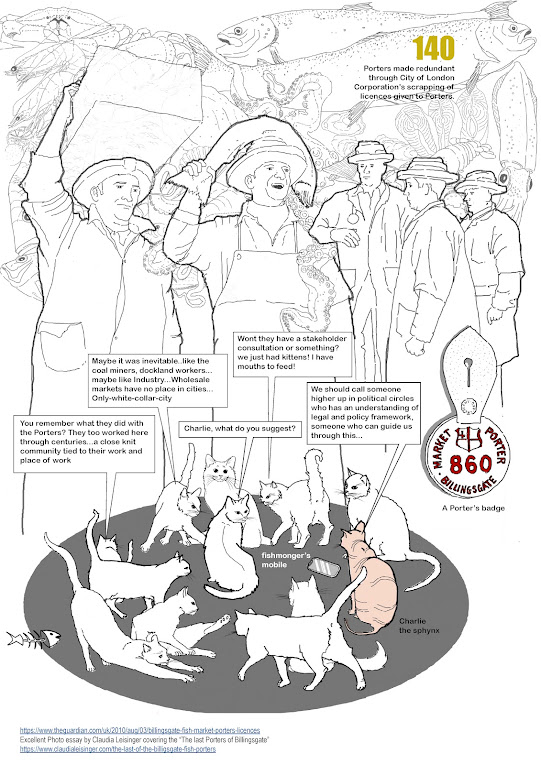Robert A. Scott in the book “The Gothic Enterprise: A guide to understanding the Medieval Cathedral” writes “We might also imagine that the long time required to build Gothic Cathedrals added to the depth of the collective identity they engendered. It almost seemed to serve their purpose that they should not be completed too quickly. It takes time for collective identity to form, develop and harden. The knowledge that Canterbury Cathedral, for example was 365 years in the making is very important part of the collective identity that has developed around it.
We are accustomed to asking how communities of people managed to build cathedrals, but we can turn the questions around and ask how cathedrals built communities. The sheer scale of the undertaking, which engaged generations of people as workers, witnesses and monitors, proponents and skeptics for periods of time measured not in decades but in centuries, strengthened existing forms of communitas and collective identity, and gave rise to new ones.”
Robert A. Scott above explores the connection between time, collective identity, and cathedral construction. The prolonged timelines of Gothic Cathedrals, like Canterbury, where 365 years were invested, contributed significantly to the depth of the collective identity surrounding them. Scott suggests that the deliberate pace of construction allowed for the gradual formation, development, and solidification of collective identity.
Shifting perspective, we contemplate not only how communities built cathedrals but also how cathedrals, through their monumental scale and multi-generational engagement, played a pivotal role in shaping and reinforcing existing forms of communities.
The enduring construction site of Sagrada Familia in Barcelona exemplifies this evolution, where the Cathedral continues to be constructed through technological advancements afforded by passage of time.
The 2019 Notre Dame fire served as a contemporary example, revealing how the restoration efforts galvanized a global community. The swift mobilisation of funds, the involvement of over 1000 workers, and the use of centuries-old oak trees from across France underscored the enduring relationship between buildings and the communities they symbolise.
This dynamic interplay between communities and structures extends beyond cathedrals to encompass various religious and institutional buildings worldwide. The lesson for modern designers and patrons aspiring to create transformative urban spaces or “symbols of excellence” is clear: time is indispensable. The rush to achieve ambitious goals devoid of temporal investment risks rendering projects mere follies, devoid of the profound impact that the passage of time can bestow.












